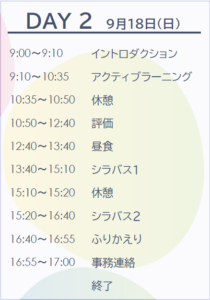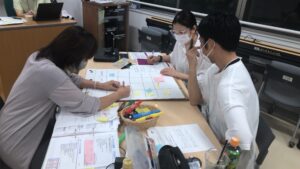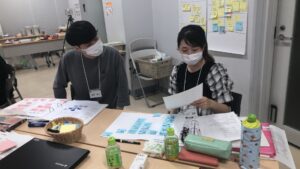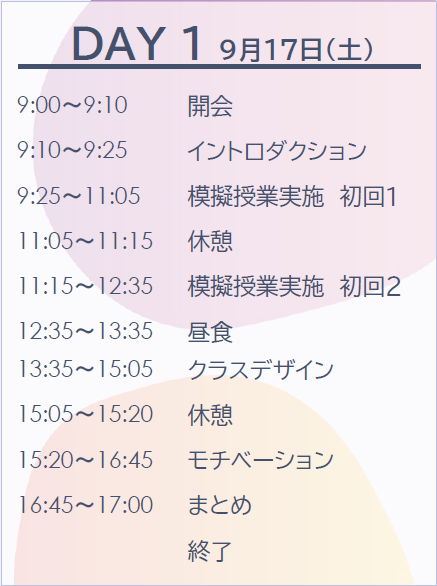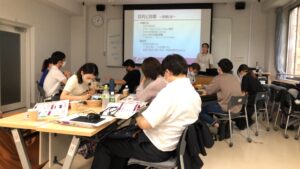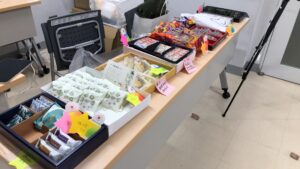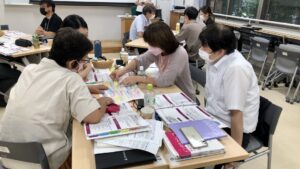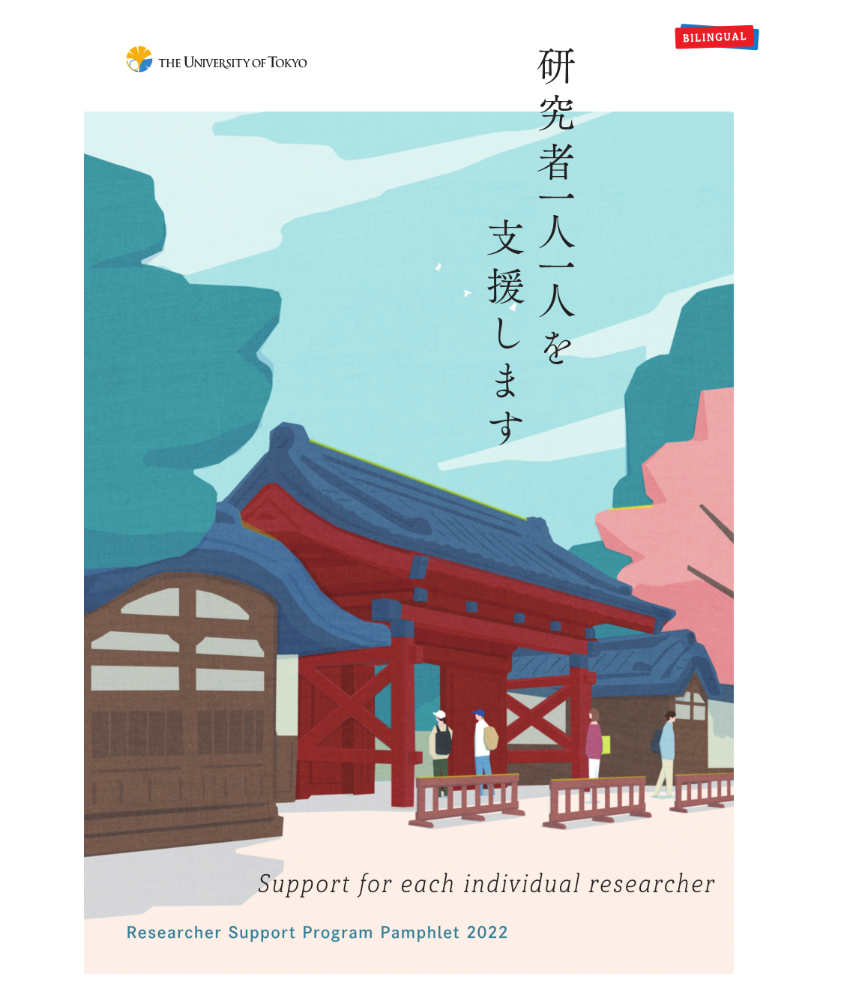“Interactive Teaching” is an online course run by the Center for Research and Development of Higher Education, The University of Tokyo. It is available for free on Coursera, one of the MOOC platforms.
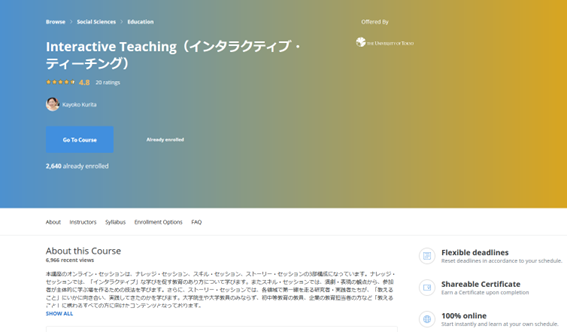
*Click here for course registration and details.
Since its launch on Coursera in April 2021, “Interactive Teaching” has been taken by more than 2,600 learners from all over the world, producing a total of over 100 people who completed the program. The course has been highly appreciated with 4.8 out of 5 ratings.
The program is intended for existing and future faculty members including graduate students as well as everyone involved in teaching, such as elementary, junior high, and high school teachers and people in charge of human resources development at private corporations.
You can take the course at your own pace, but we also continually offer events such as “Real Session,” a 3-day intensive program held in a face-to-face format, and workshops where the participants can learn from each other. (The last “Real Session” was held in September. Please refer to the following links for reports of the event.)
[Report] Coursera “Interactive Teaching”: The 1st Real Session DAY 1
[Report] Coursera “Interactive Teaching”: The 1st Real Session DAY 2
[Report] Coursera “Interactive Teaching”: The 1st Real Session DAY 3
We hope these events will help your learning experience become more enjoyable through interaction with the instructors, staff, and other learners.
Let’s think about teaching by learning interactively with people coming from diverse universities and academic fields. We look forward to your participation.
[Course Outline]
- ■Goal: To acquire teaching knowledge, skills, and techniques necessary for promoting interactive learning where students take an active role in their learning.
- ■Language: Provided in both Japanese and English
- ■Instructors: Kayoko Kurita (The University of Tokyo) and more
- ■Fee: Free of charge (An additional fee is necessary if you would like a certificate to be issued.)
- ■Structure: The course is designed to be completed in eight weeks, each consisting of three sessions: Knowledge Session, Skill Session, and Story Session. The topic for each week is as follows:
- Week 1 Learning about Active Learning
- Week 2 Active Learning Techniques
- Week 3 The Science of Learning
- Week 4 Designing a 90-minute Class
- Week 5 Designing a More User-Friendly Syllabus
- Week 6 Evaluations That Promote Learning
- Week 7 Thinking about Career Paths (1): What Being a Professor Means
- Week 8 Thinking about Career Paths (2): The Use of Portfolio
[Inquiries]
- Center for Research and Development of Higher Education, The University of Tokyo
- Airi Kawakami
- E-mail: utokyo_fd@he.u-tokyo.ac.jp
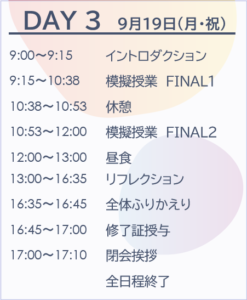
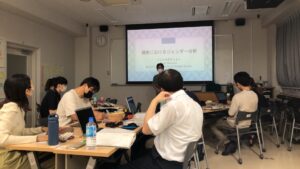
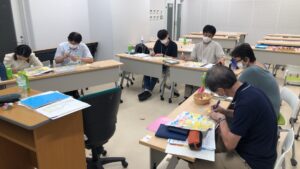
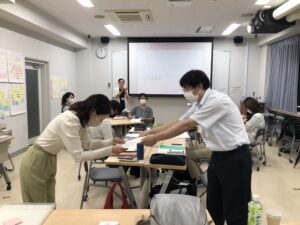

 Here are some of the feedback we received in the comment section (*Please note that we partly extracted the feedback to anonymize the respondents.):
Here are some of the feedback we received in the comment section (*Please note that we partly extracted the feedback to anonymize the respondents.):